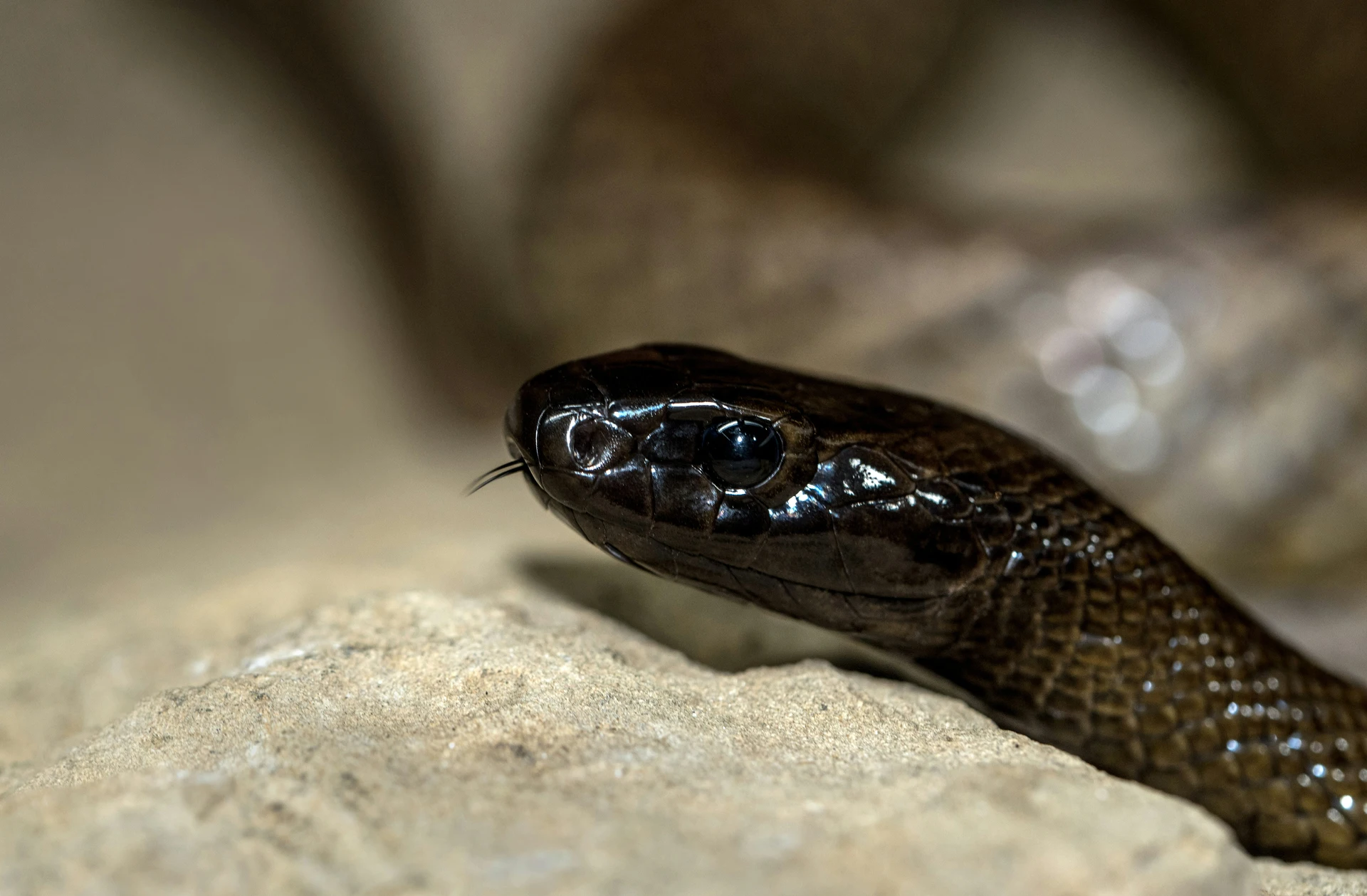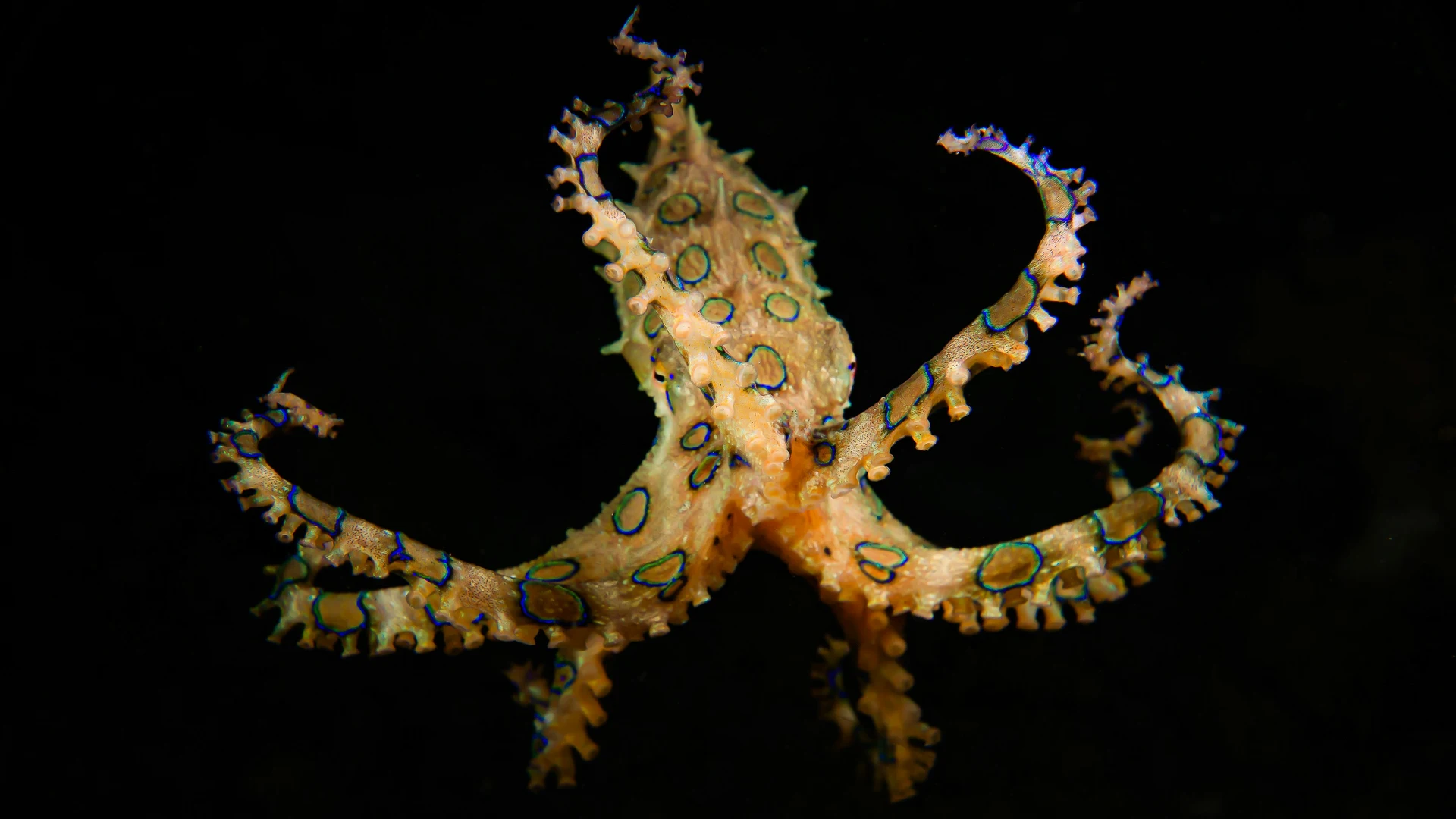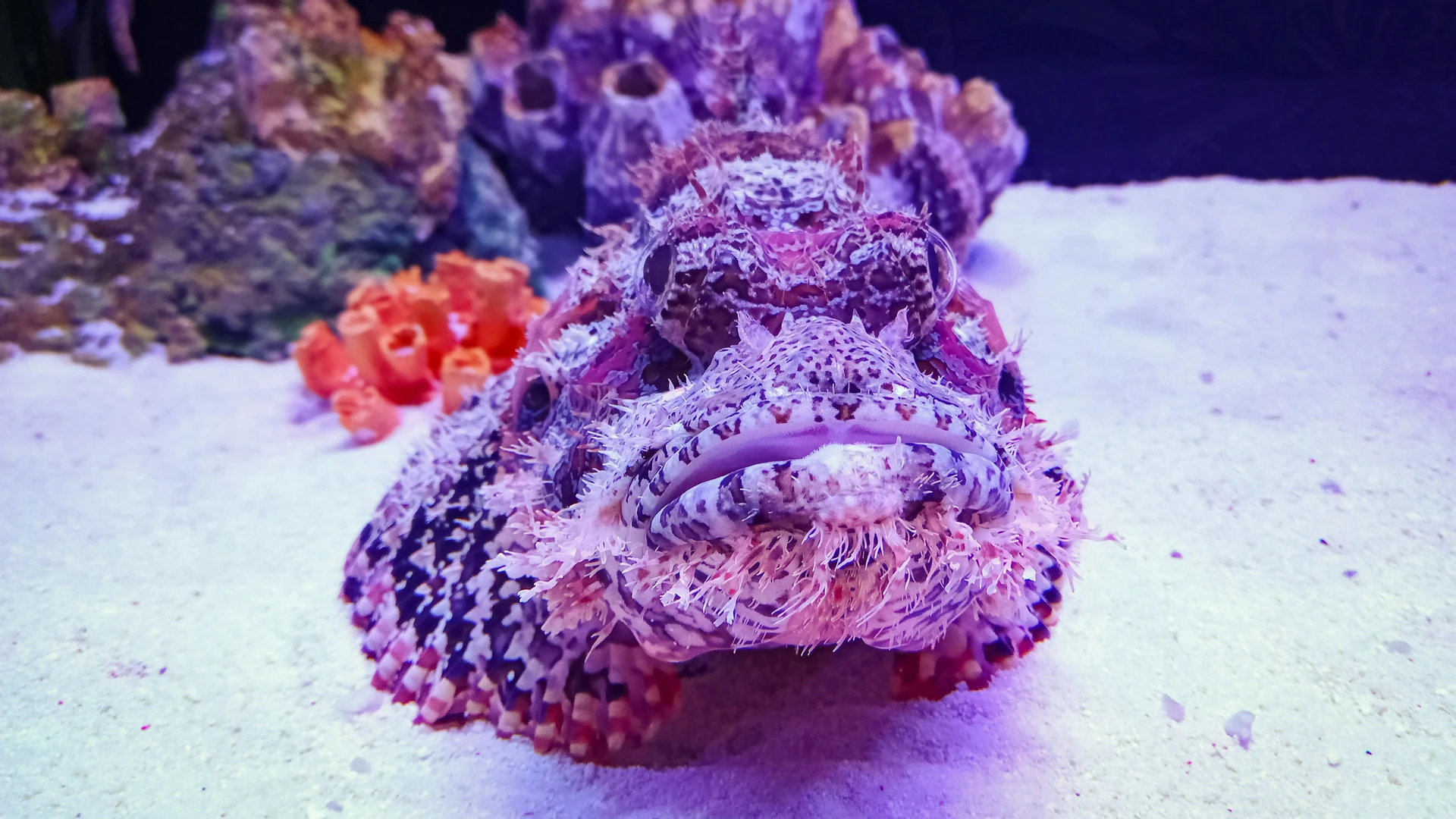Table of Contents
Have you ever wondered about the world’s most venomous animals? Join us on a captivating exploration of the animal kingdom’s deadliest inhabitants as we uncover their remarkable adaptations and lethal arsenals. From the Inland Taipan’s neurotoxic venom to the Box Jellyfish’s deadly tentacles, each creature we encounter showcases nature’s astonishing diversity and the intricate balance of predator and prey. Through encounters with Brazilian Wandering Spiders, Cone Snails, Poison Dart Frogs, and more, we’ll delve into the fascinating world of venomous creatures, gaining insights into their habitats, behaviors, and the crucial role they play in ecosystems worldwide. Join us as we embark on this exhilarating journey into the realm of venom and most venomous animals.
Exploring the Realm of Venomous Animals
Venomous animals wield a potent defense mechanism, often striking fear into the hearts of humans. From the depths of the ocean to the dense jungles, these creatures have evolved remarkable adaptations to incapacitate prey and deter predators.
Let’s embark on a journey to uncover some of the most venomous animals on Earth!

Poison Dart Frog – Beauty Veiled in Venom
Venturing into the lush rainforests of Central and South America, we encounter the Poison Dart Frog, a creature of striking beauty and lethal potency. Despite its diminutive size, the toxins secreted by its skin are among the most potent known to man. Indigenous tribes have utilized these toxins for centuries to tip their hunting darts, earning these frogs their ominous name.
Box Jellyfish – The Silent Killer of the Seas
Floating effortlessly in the ocean currents, the Box Jellyfish is a marvel of aquatic grace and deadly potency. Found in the waters of the Indo-Pacific region, its tentacles are armed with microscopic, venomous darts that inject toxins capable of inducing cardiac arrest and respiratory failure in humans.
Brazilian Wandering Spider – A Deadly Hunter of the Amazon
Venturing into the dense rainforests of South America, we encounter the Brazilian Wandering Spider, a formidable predator armed with venom potent enough to cause intense pain and, in severe cases, paralysis. These spiders are known for their aggressive nature and are often found lurking in dark corners or hidden beneath foliage, ready to strike at unsuspecting prey.

Inland Taipan – The Fierce Serpent of Australia
Known as the world’s most venomous snake, the Inland Taipan, also referred to as the “fierce snake,” inhabits the arid regions of Australia. Despite its fearsome reputation, encounters with humans are rare due to its remote habitat. However, its venom packs a lethal punch, containing neurotoxins that can cause rapid paralysis and death if left untreated.
Cone Snail – The Elegant Assassin of the Ocean Floor
Beneath the waves, the Cone Snail prowls the ocean floor, adorned with vibrant patterns that belie its deadly nature. Its harpoon-like tooth is capable of delivering a cocktail of toxins that swiftly immobilize its prey. While encounters with humans are rare, the venom of certain species can be fatal if not promptly treated.
Deathstalker Scorpion – A Lethal Stinger in the Desert Sands
Roaming the arid landscapes of North Africa and the Middle East, the Deathstalker Scorpion lurks in the shadows, armed with a potent venom that packs a punch. Despite its diminutive size, this arachnid’s sting can induce excruciating pain and, in severe cases, lead to respiratory failure.

Blue-ringed Octopus – A Tiny Terror of the Ocean Depths
Beneath the azure waters of the Indo-Pacific, the Blue-ringed Octopus glides gracefully, its vibrant hues belying its deadly nature. Despite its small size, this cephalopod harbors venom capable of causing paralysis and respiratory arrest in humans within minutes of envenomation.
Boomslang Snake – A Cryptic Hunter in the African Savanna
Concealed within the lush vegetation of sub-Saharan Africa, the Boomslang Snake prowls the treetops, preying upon unsuspecting birds and rodents. Despite its docile demeanor, this serpent possesses venom potent enough to cause hemorrhage and disrupt blood clotting, posing a serious threat to its prey.

Stonefish – Master of Camouflage and Venom
Camouflaged amidst the rocky seafloor of tropical waters, the Stonefish lies in wait, blending seamlessly with its surroundings. Its dorsal spines conceal venom glands capable of delivering a potent cocktail of toxins, causing intense pain, tissue necrosis, and, in severe cases, systemic effects such as cardiovascular collapse.
Marbled Cone Snail – A Beautiful Menace of the Coral Reefs
Adorned with intricate patterns reminiscent of fine marble, the Marbled Cone Snail glides gracefully across the coral reefs of the Indo-Pacific. Beneath its mesmerizing exterior lies a lethal weapon: venom capable of inducing paralysis and respiratory failure in its prey, making it a formidable predator in its underwater realm.
Learn More!
As we conclude our journey into the realm of most venomous animals, we are left with a profound appreciation for the diversity and complexity of the natural world. From the depths of the ocean to the dense jungles and arid deserts, these creatures remind us of nature’s awe-inspiring beauty and the delicate balance that sustains life on Earth.
To continue exploring the wonders of the animal kingdom, visit our mammals category to learn about fascinating creatures like the Doberman Pinscher or delve into the world of reptiles to uncover the secrets of solitary animals. For more captivating insights, don’t miss out on our posts such as 18 Amazing Cat Facts You Didn’t Know Before or Shoebills: These Birds Hunt Crocodiles. As we continue our exploration of the animal kingdom, let us remember to cherish and protect these remarkable creatures and the habitats they call home.
F. A. Q. about Most Venomous Animals
What is the most venomous animal in the world?
The Inland Taipan holds the title of the world’s most venomous snake, boasting a potent neurotoxic venom that can swiftly incapacitate its prey.
What are the most venomous animals?
Among the most venomous animals are the Box Jellyfish, Brazilian Wandering Spider, Cone Snail, and Poison Dart Frog, each wielding toxins capable of inflicting serious harm or death.
How many venomous spiders are there?
There are numerous venomous spider species worldwide, with estimates ranging from thousands to tens of thousands. Among the most notorious are the Brazilian Wandering Spider and the Black Widow.
What animals are immune to snake venom?
Certain animals, such as the mongoose and some species of birds, possess adaptations that render them resistant or immune to snake venom. These adaptations often involve specialized enzymes or proteins that neutralize the toxins.
Which country has the most venomous animals?
Australia is renowned for its diverse array of venomous creatures, including snakes, spiders, and marine animals. The continent’s unique ecology has fostered the evolution of potent venoms across various species.
What animal venom unalive the fastest?
The venom of the Inland Taipan acts swiftly, incapacitating its prey within moments of envenomation. Its neurotoxic components target the nervous system, causing paralysis and eventual death if left untreated.
How can humans protect themselves from venomous animals?
Awareness and education are key to mitigating risks associated with venomous animals. Avoiding contact, wearing protective clothing in high-risk areas, and seeking prompt medical attention in the event of envenomation are essential precautions for minimizing harm.


